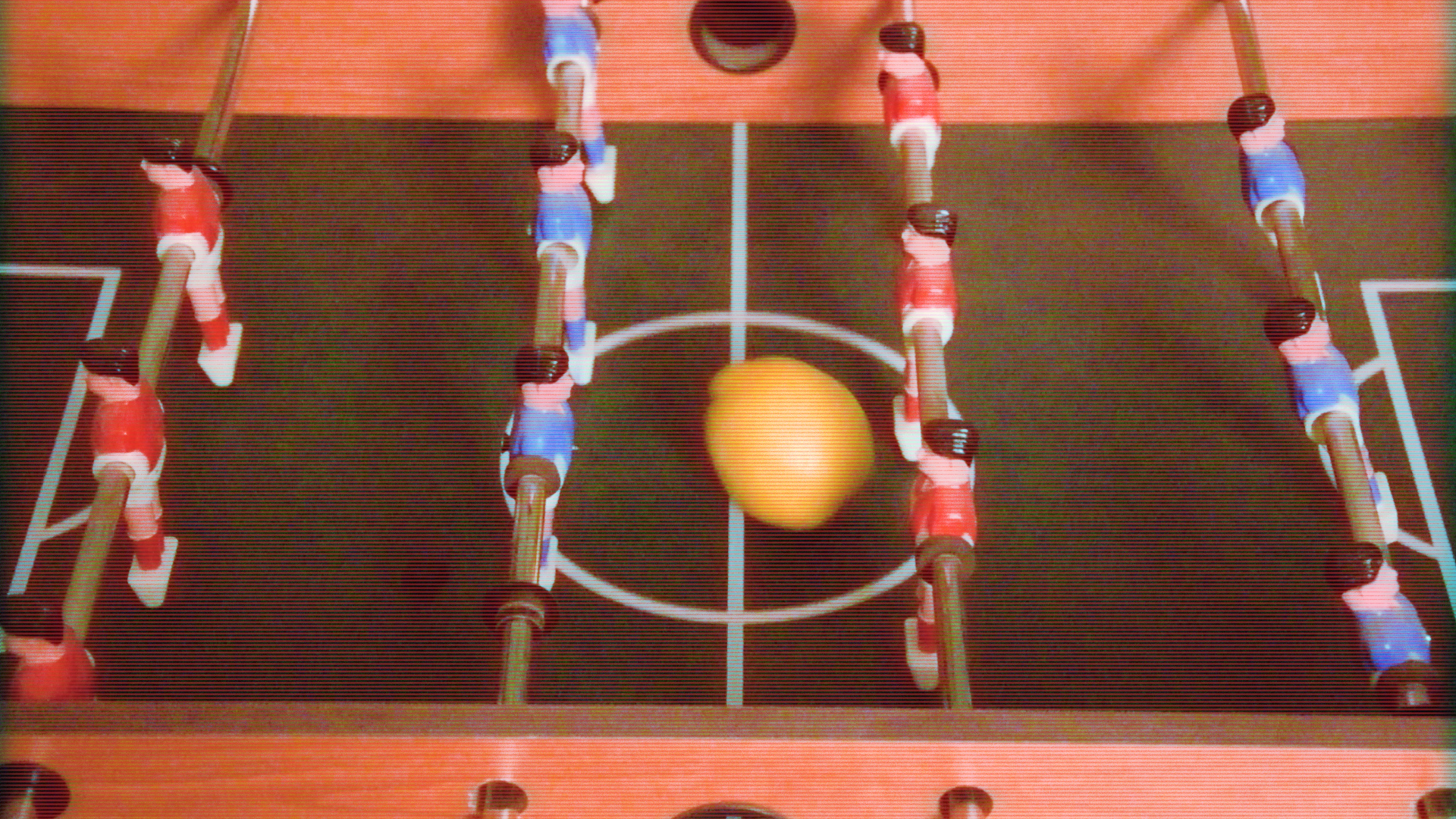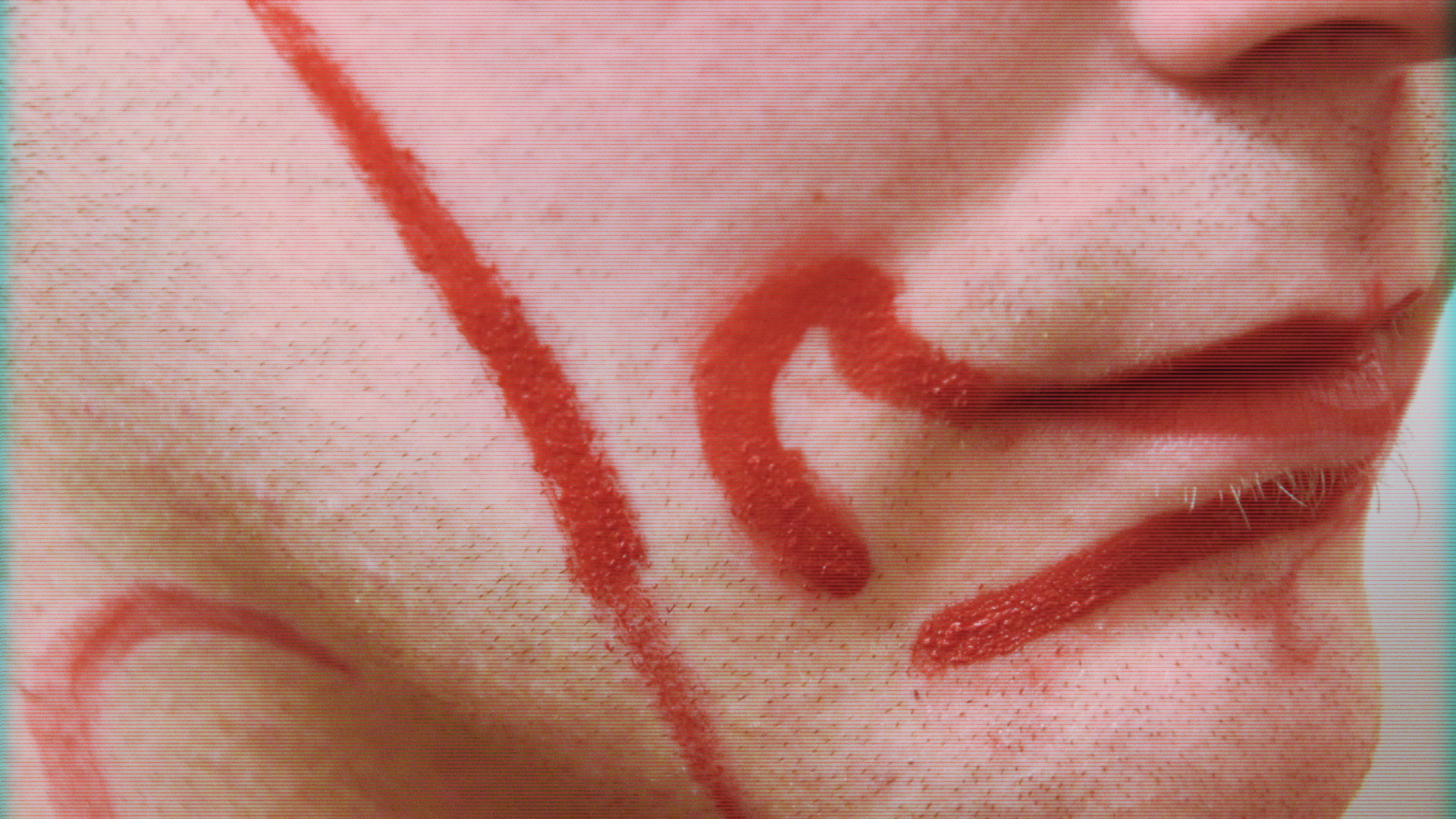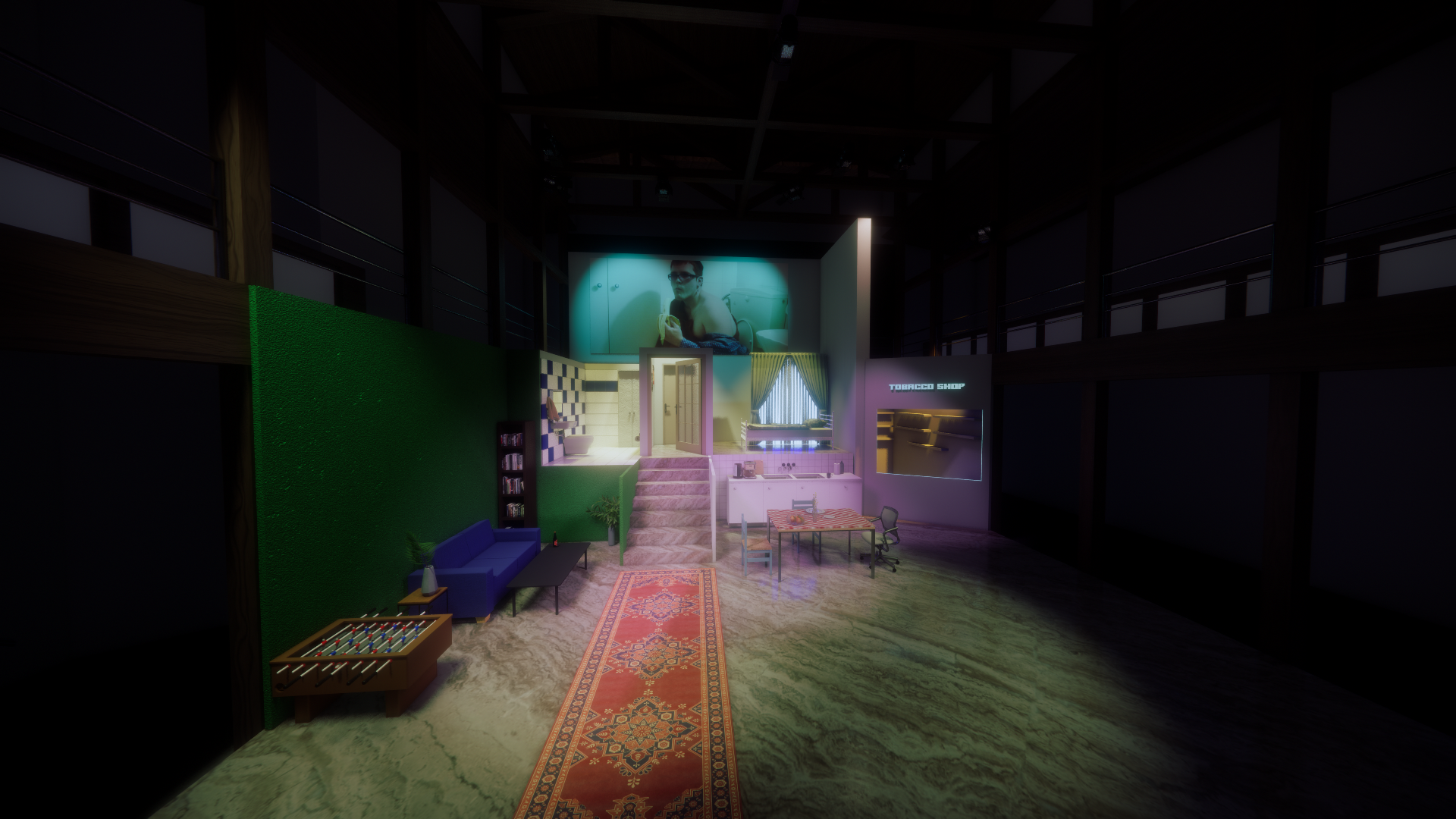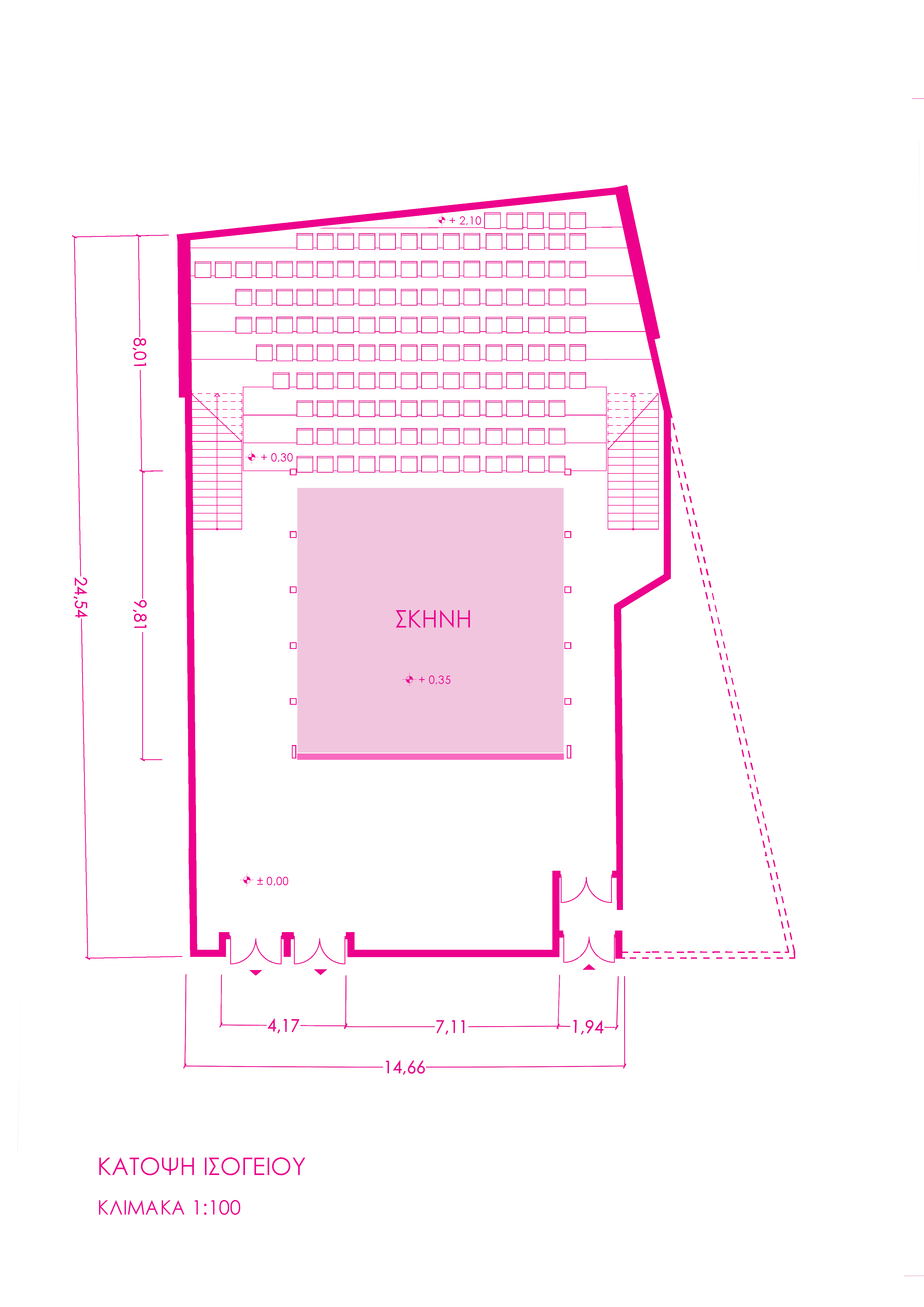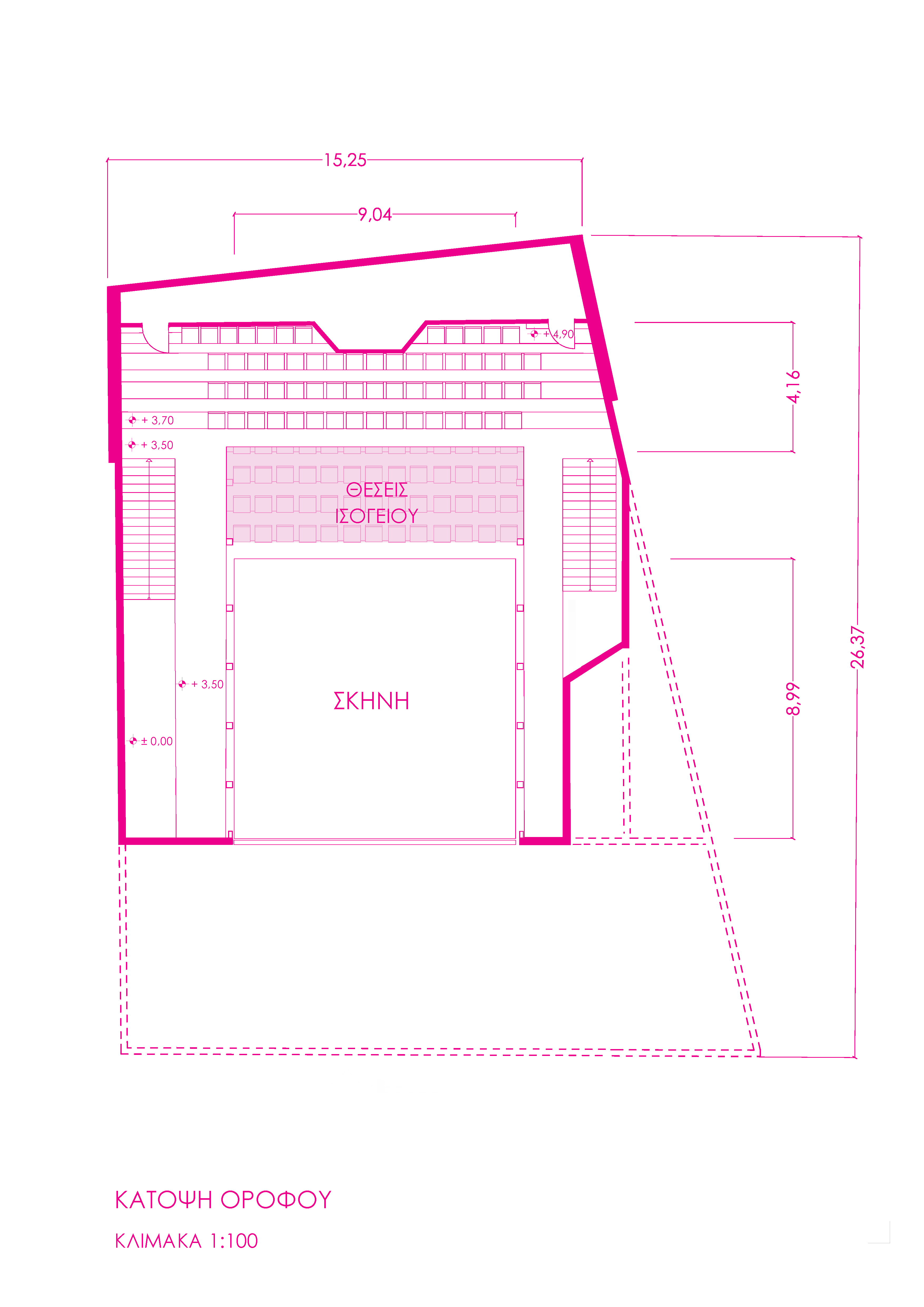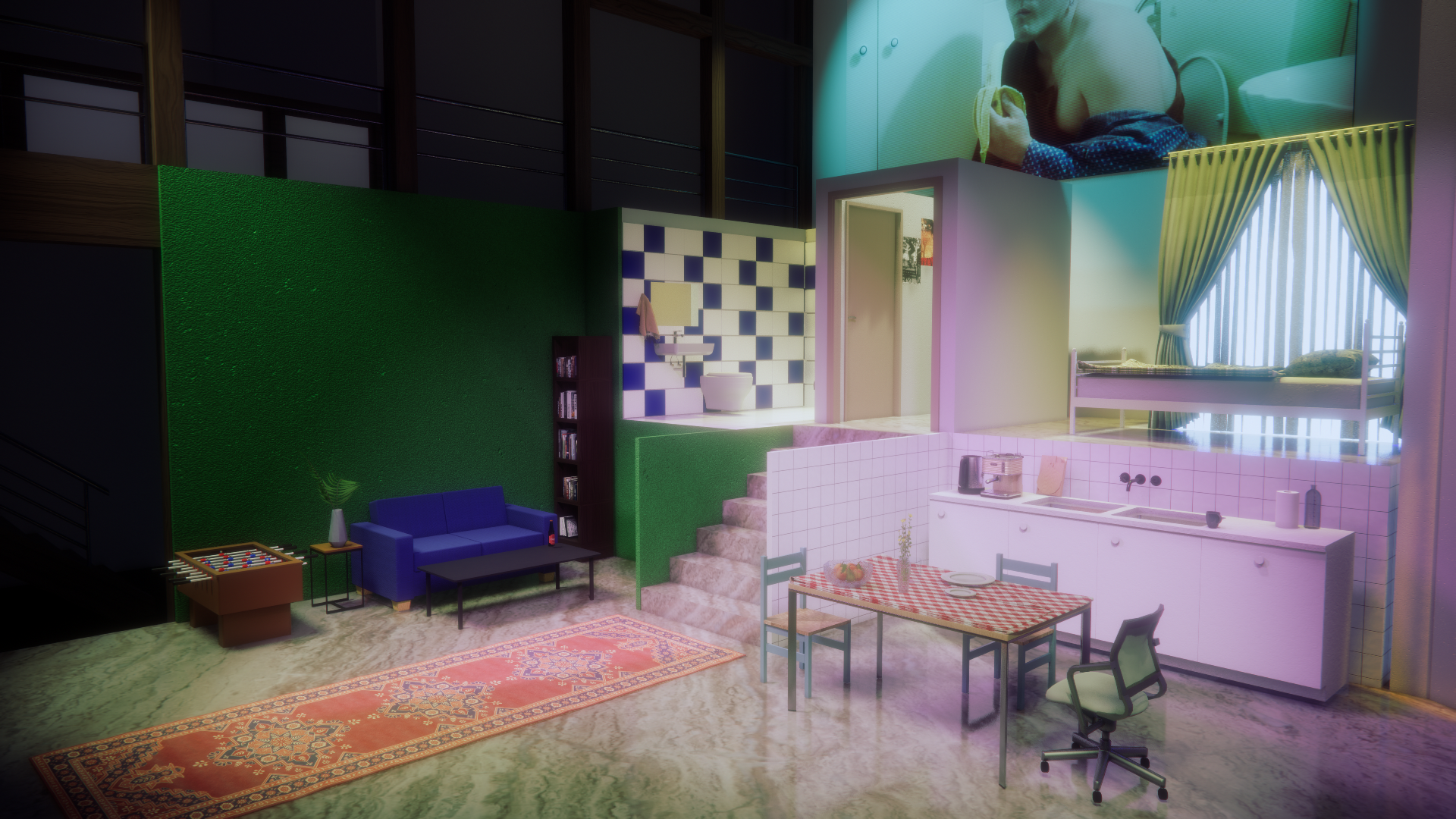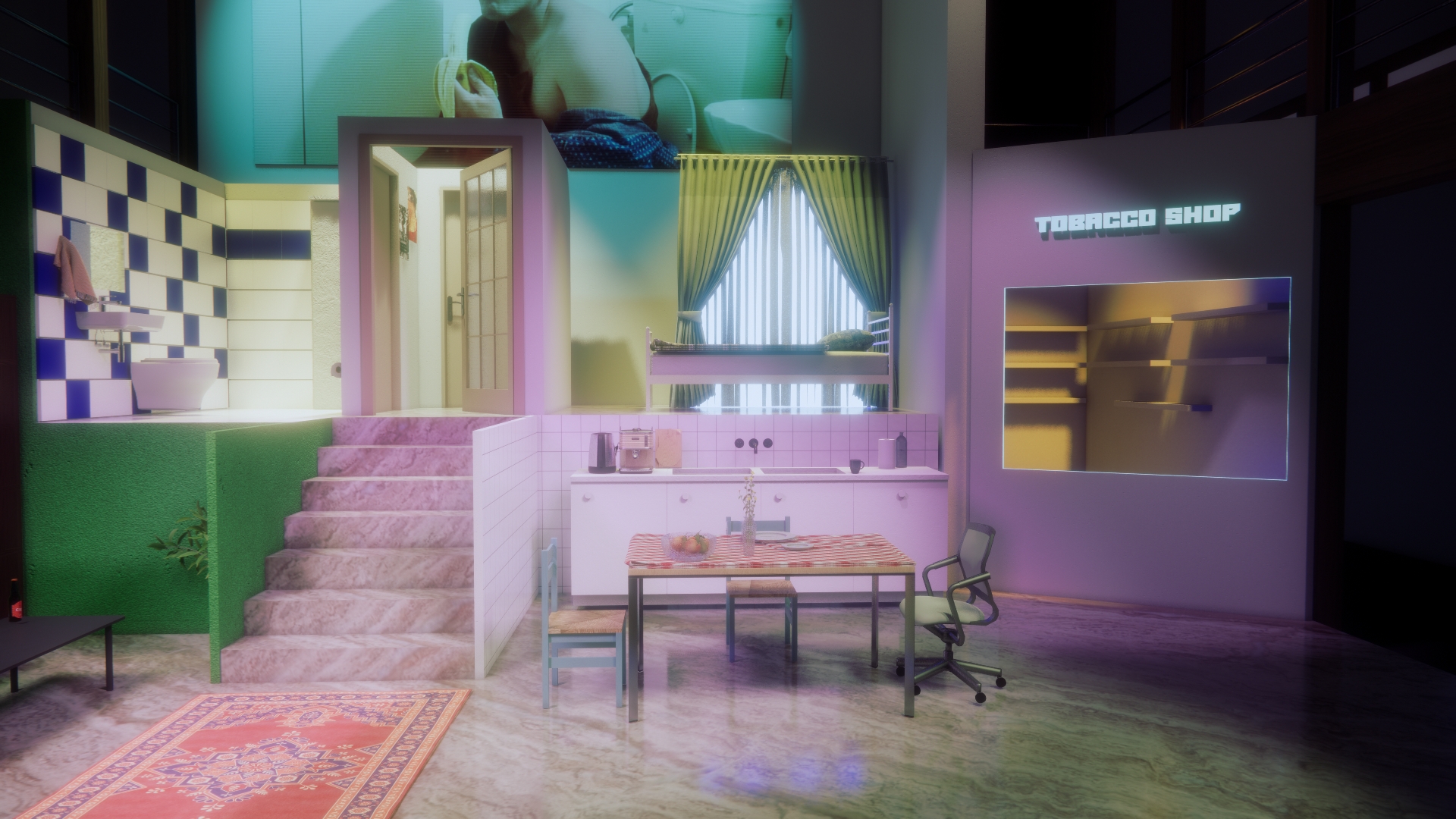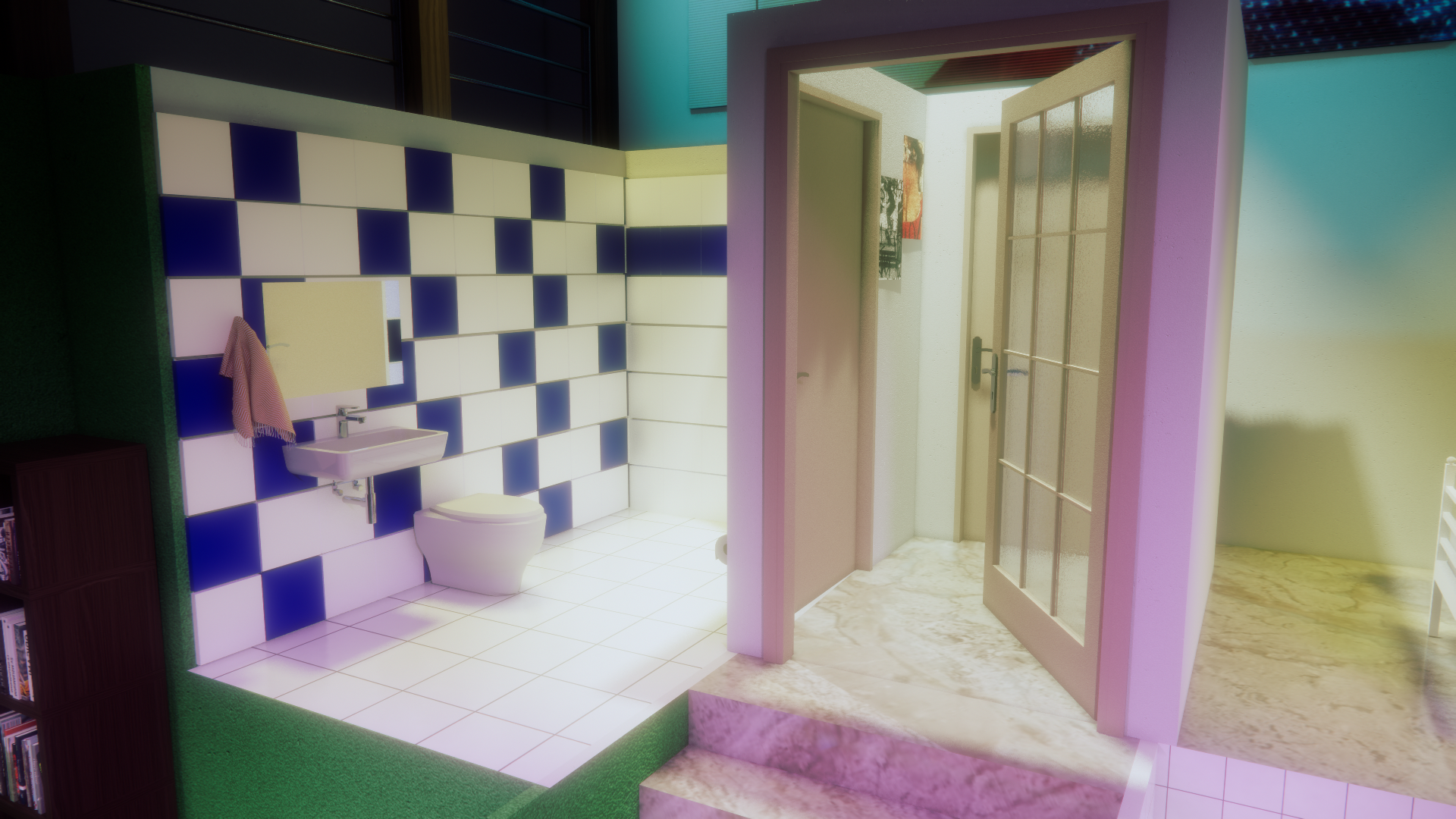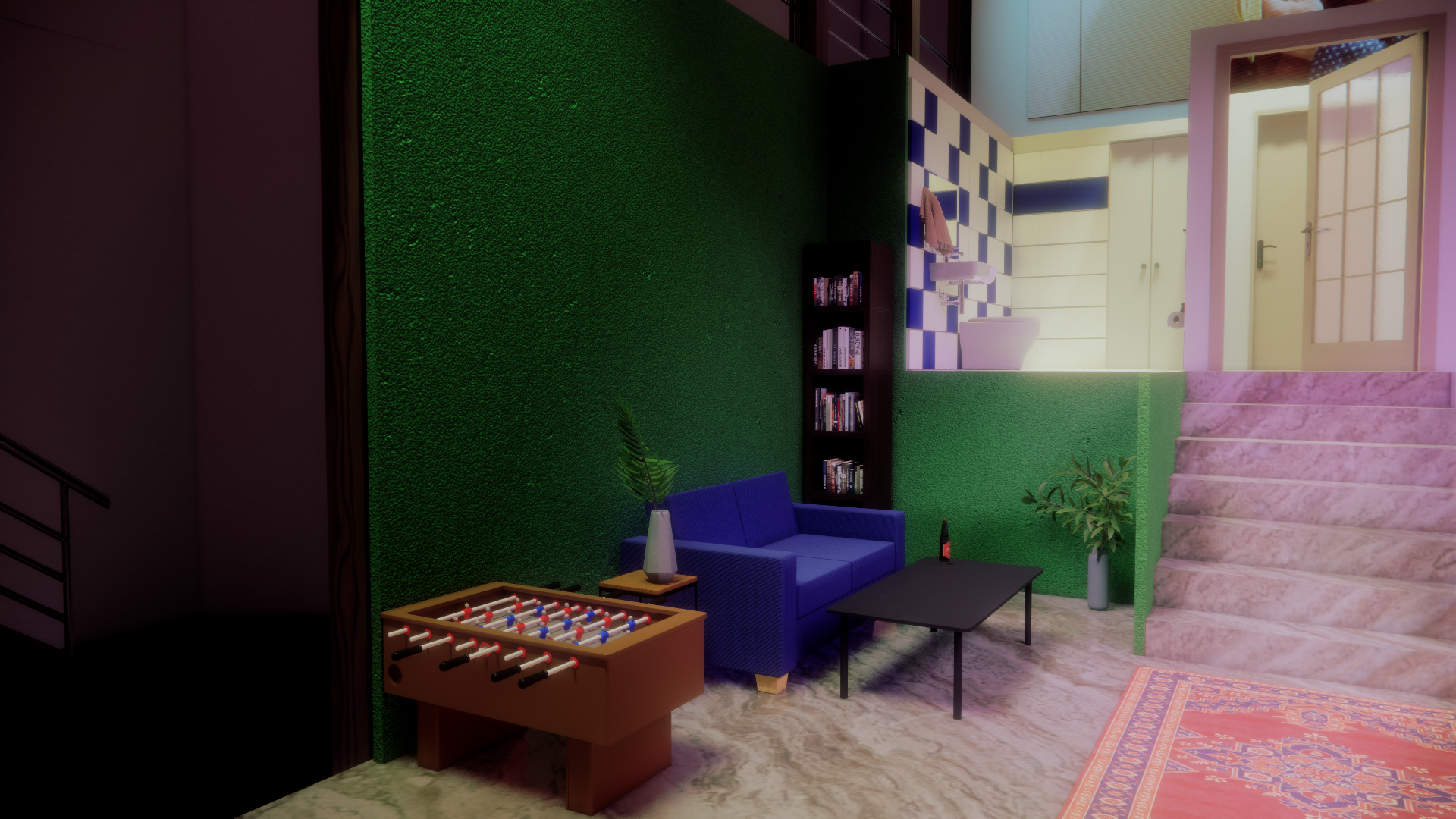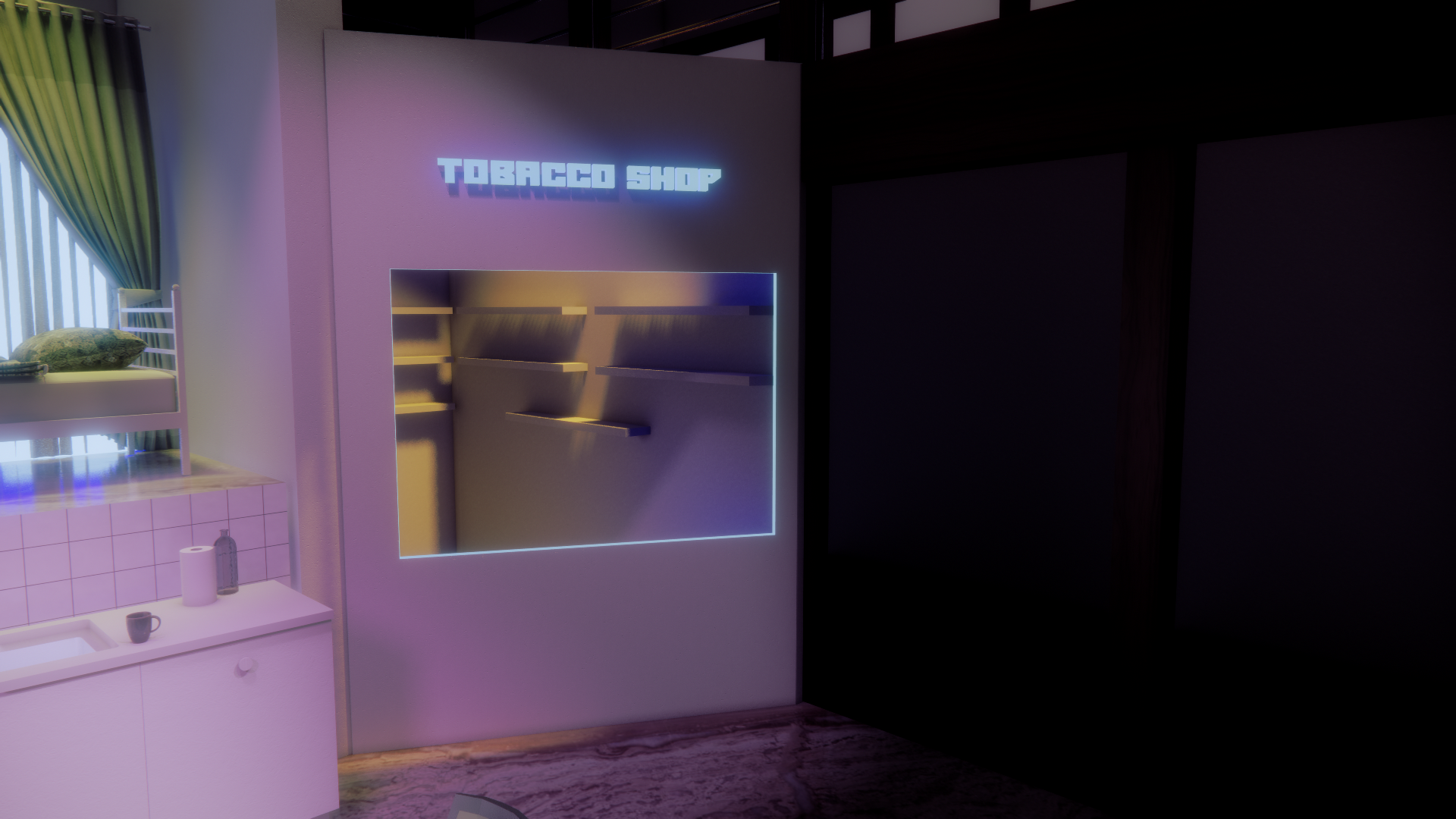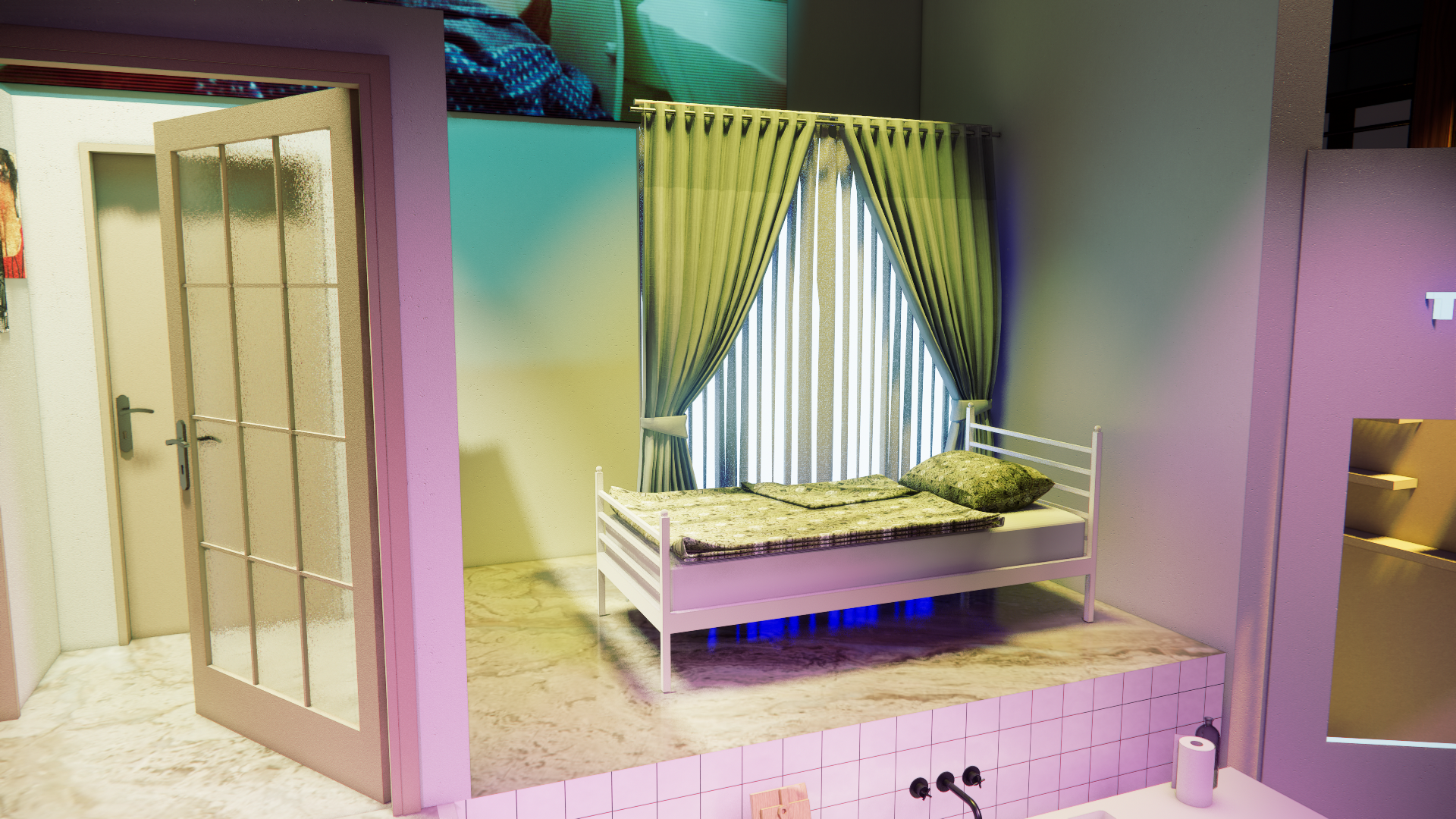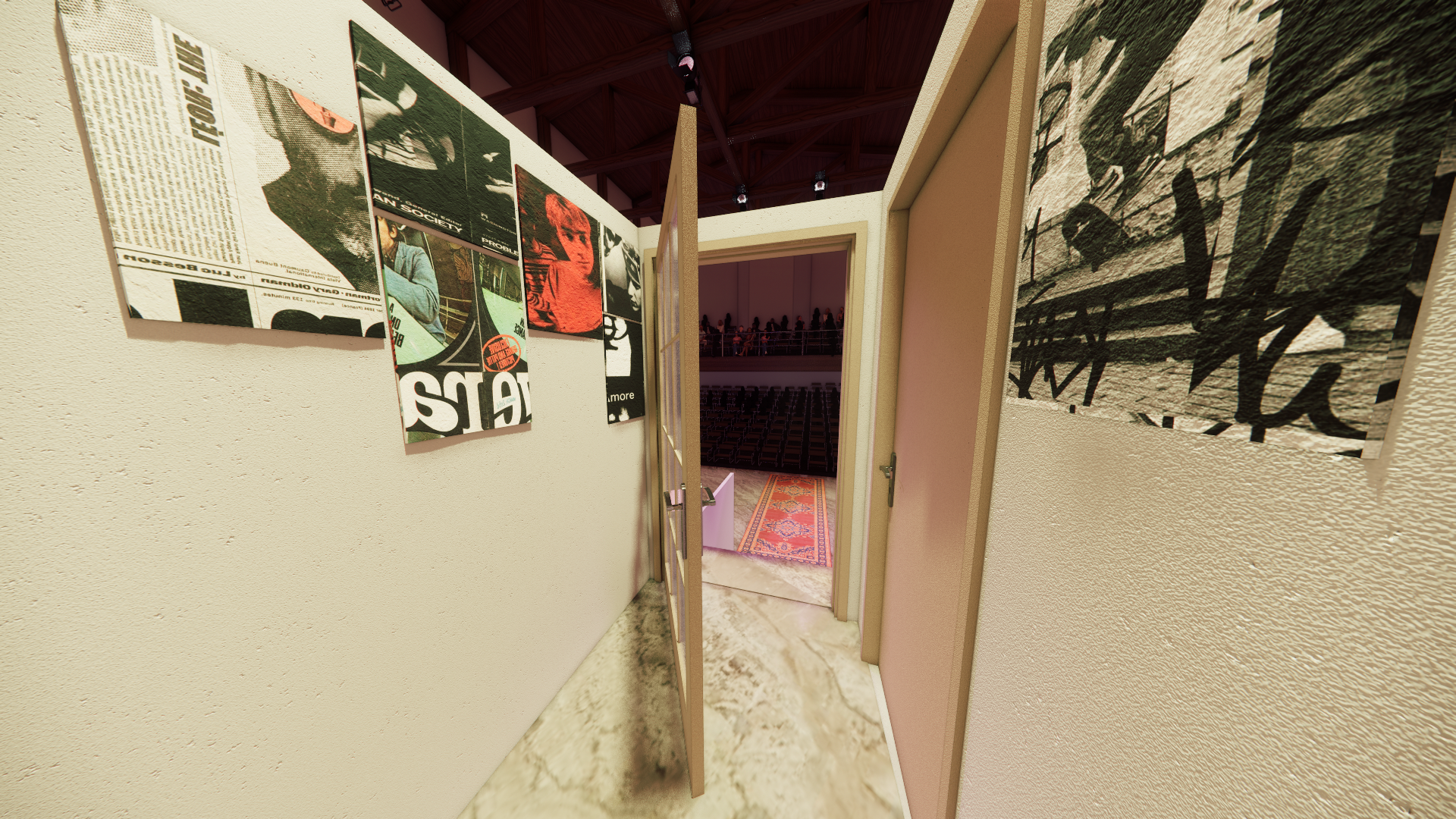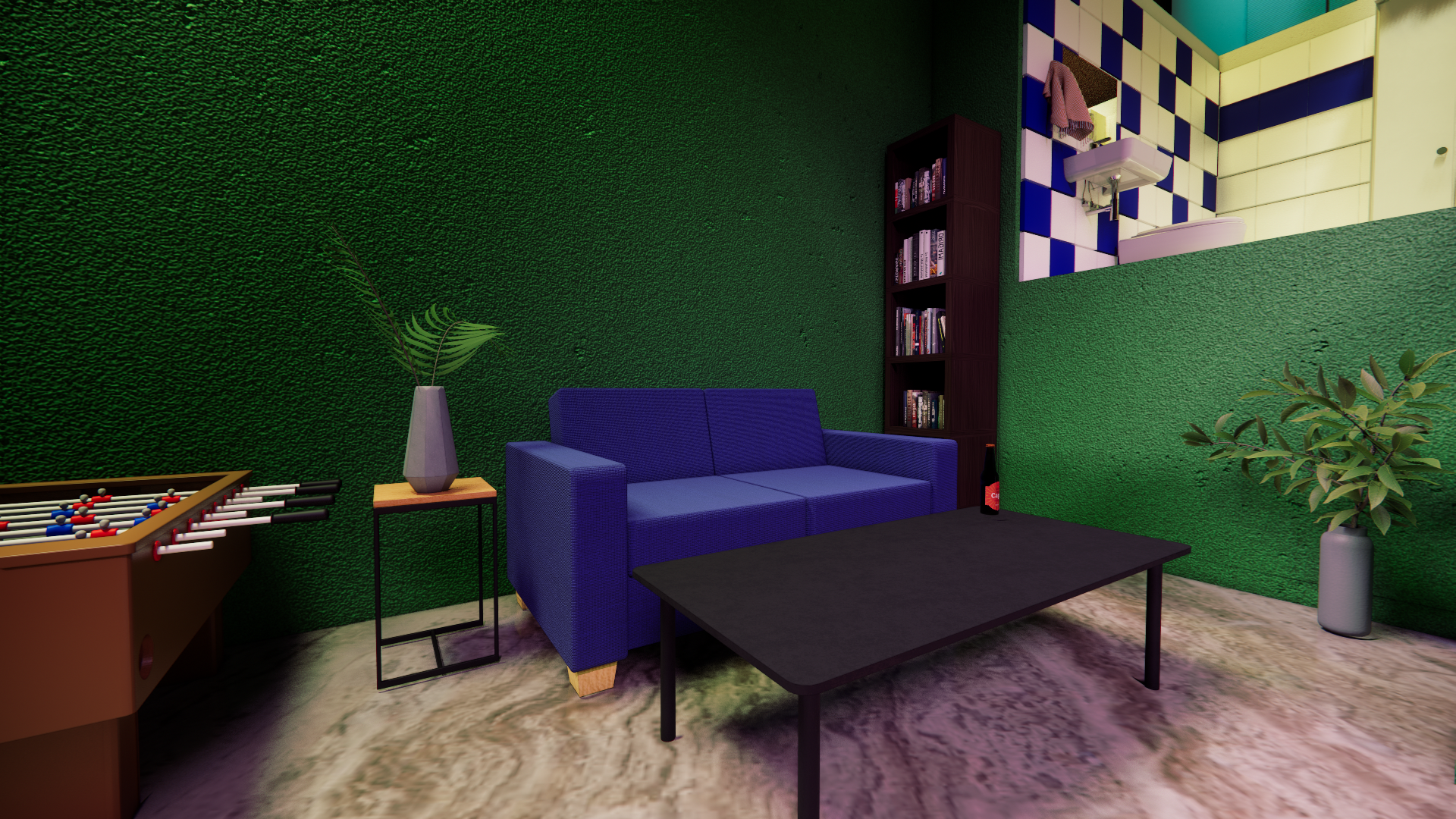
My thesis focuses on the creation of a Phygital Scenography, entitled Sichuan Animus, based on the play The Good Person of Szechuan by Bertolt Brecht. I define the social and psychological context of the play through Carl Jung's theory of Animus and Sigmund Freud's theory of the Oral Stage as the focus of the scenographic idea.



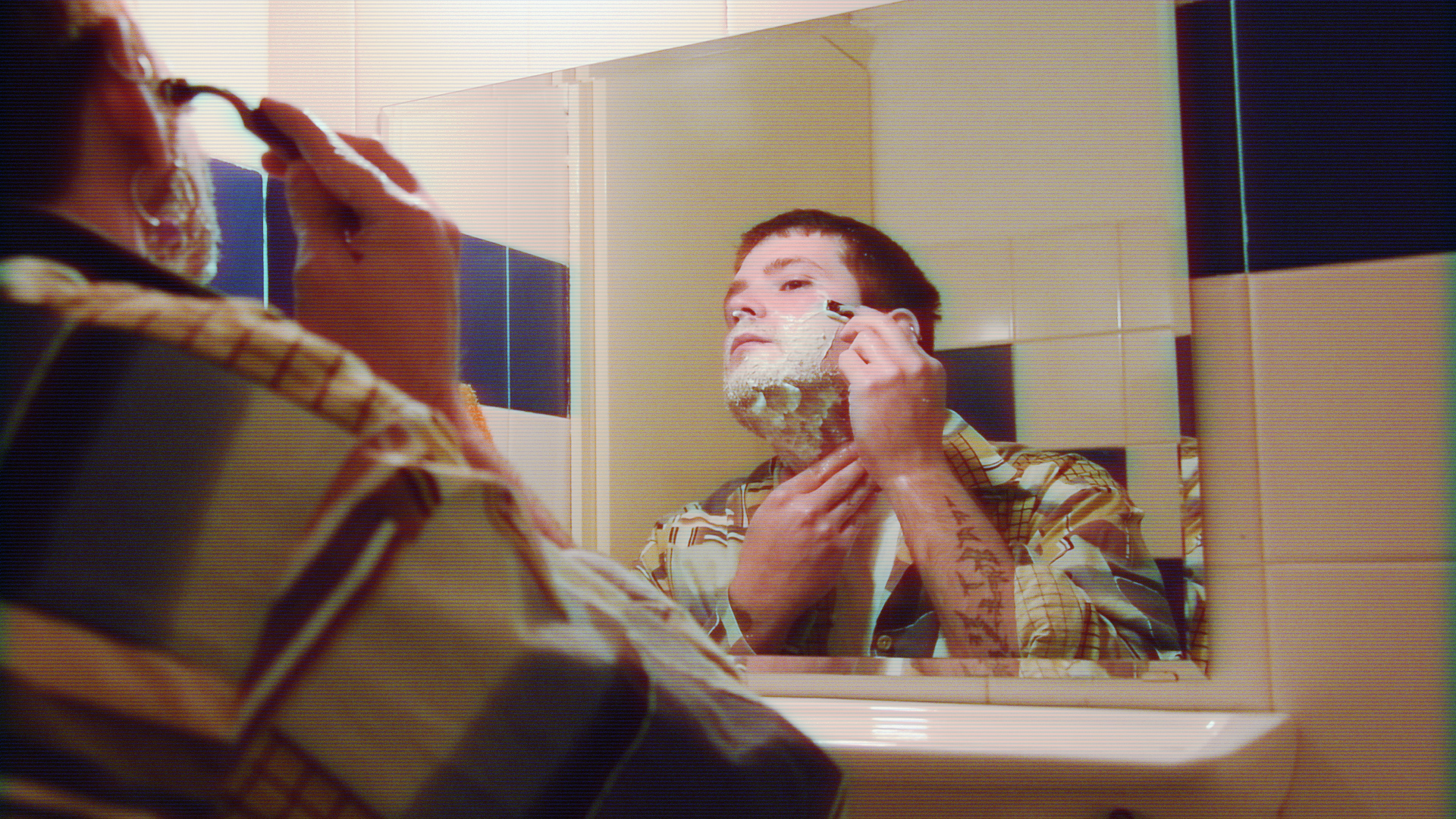
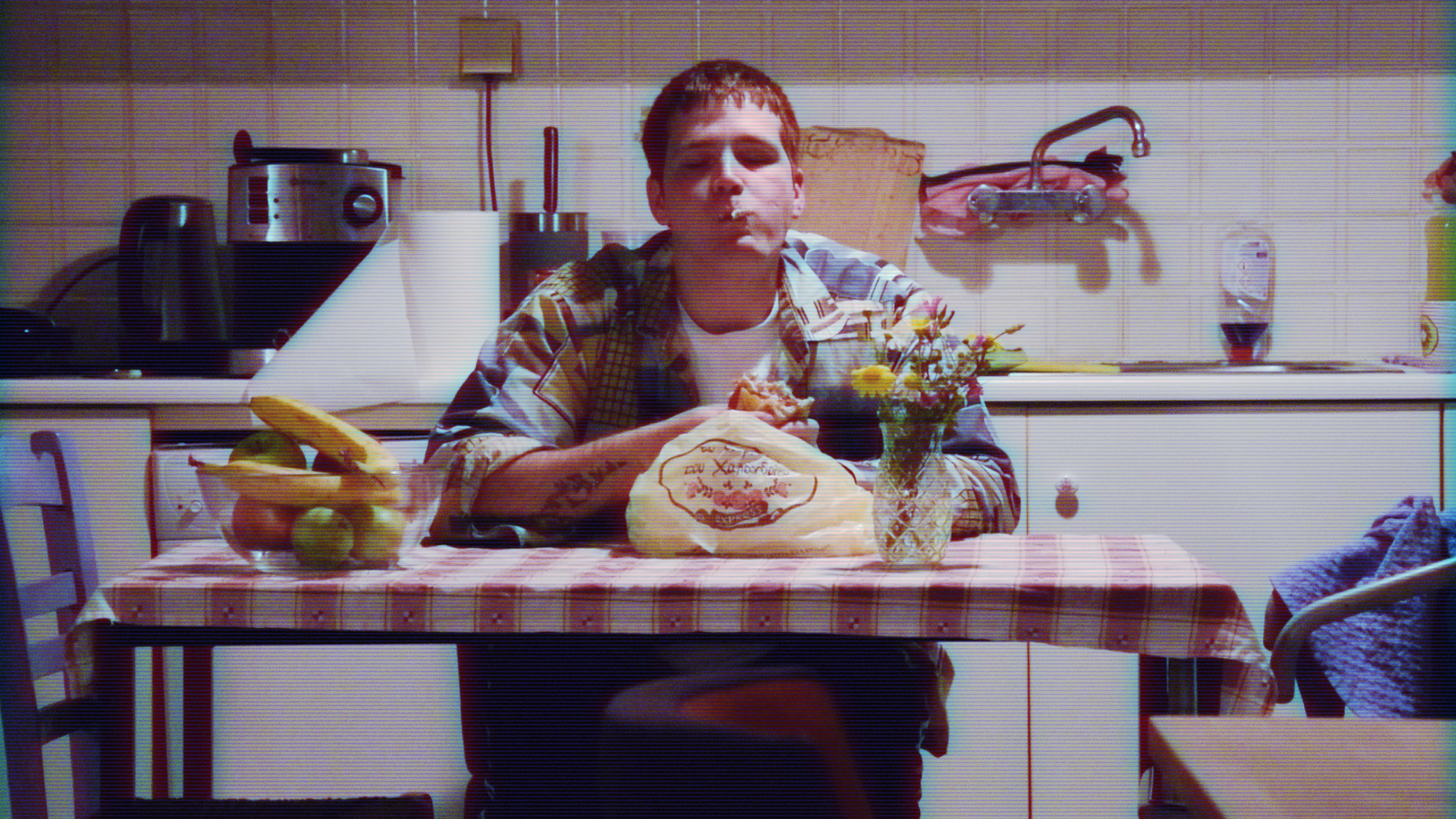

The purpose of the proposal, implemented at the Karolos Koun Art Theatre with the help of Digital Scenography, is divided into two parts. The first part, focuses on the projected videos, while the second part focuses on the design of the stage. The interaction between the two elements is completed with the actor, who is the dynamic link between the digital and physical worlds of the performance.

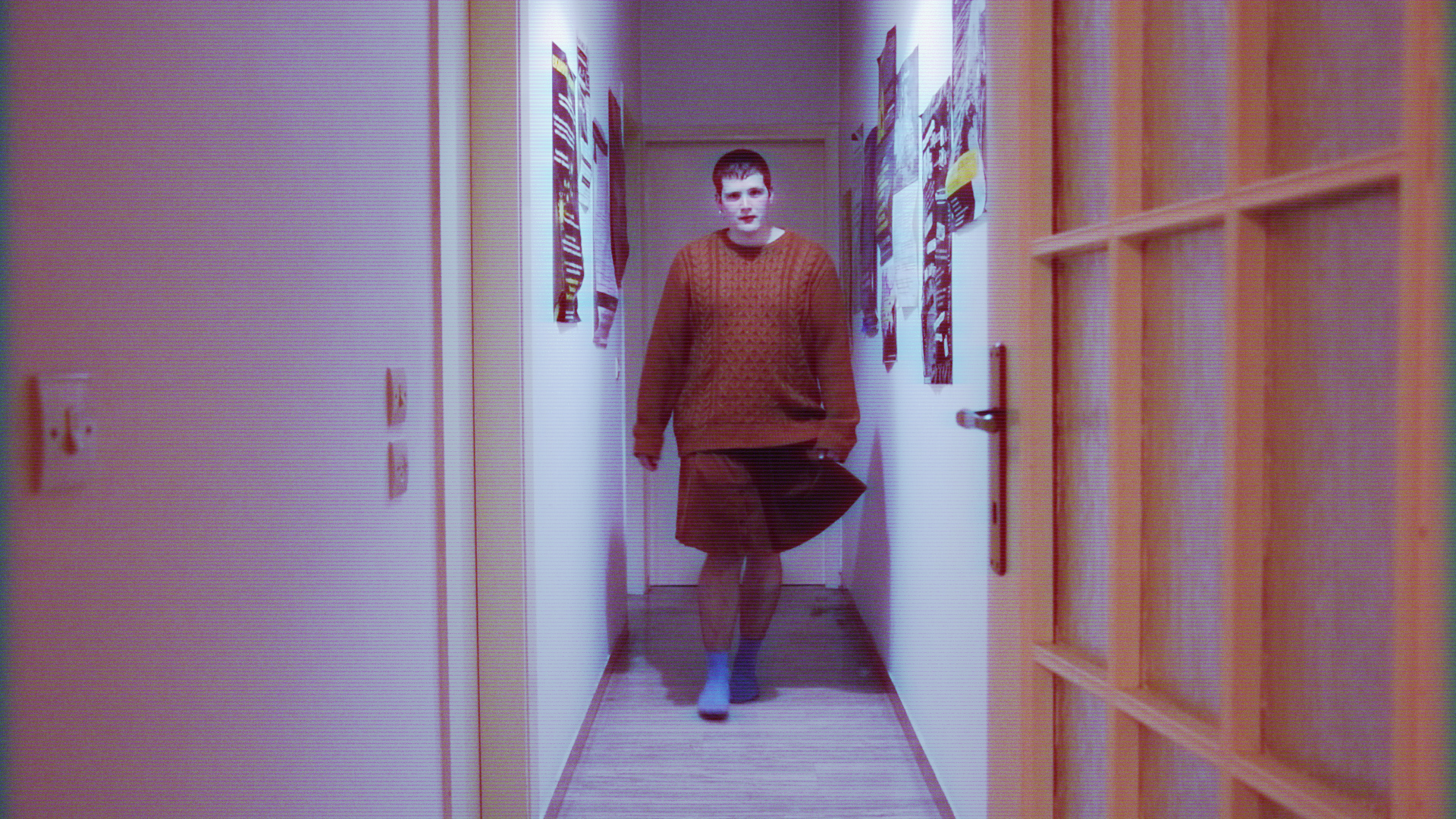
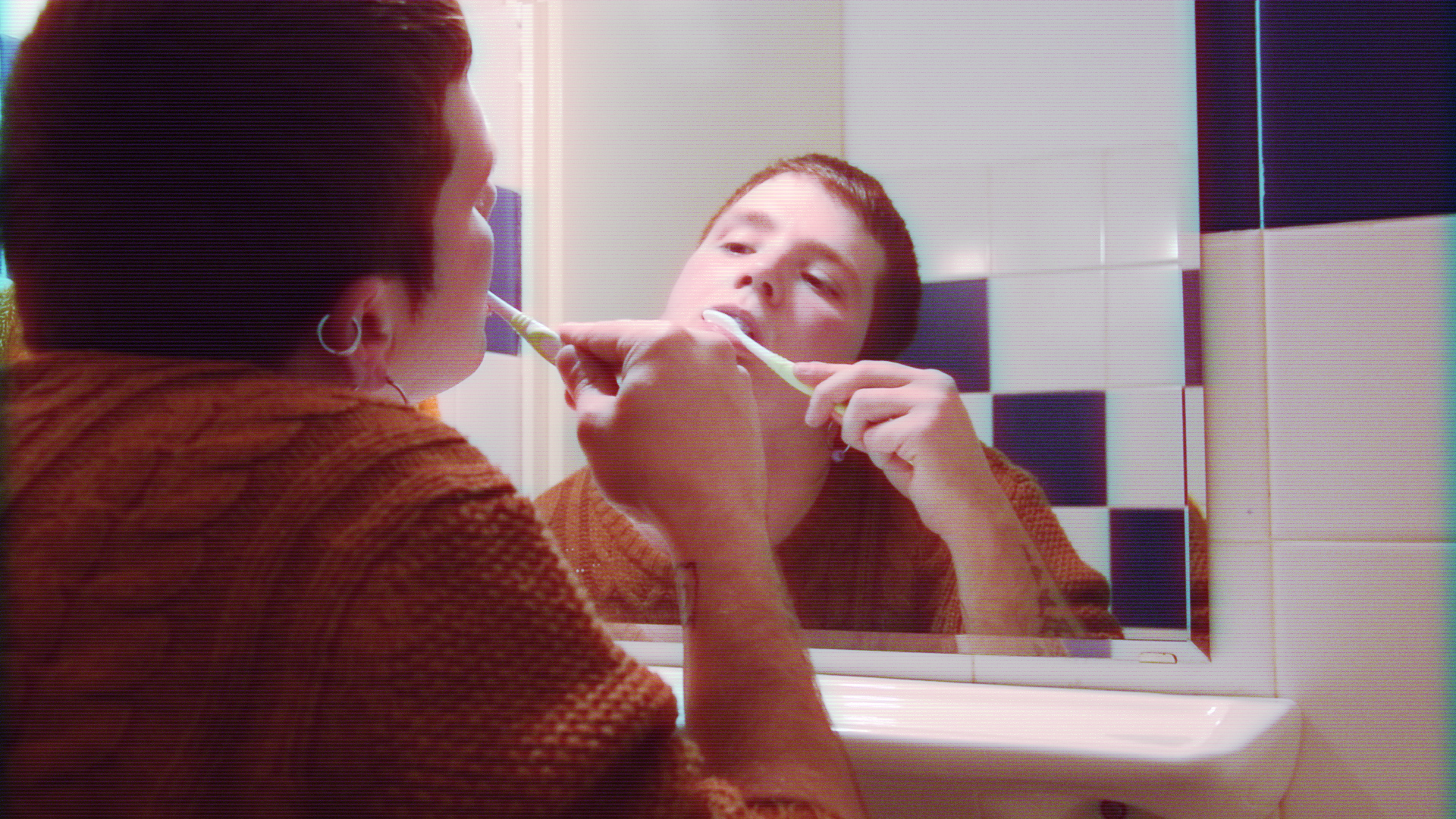

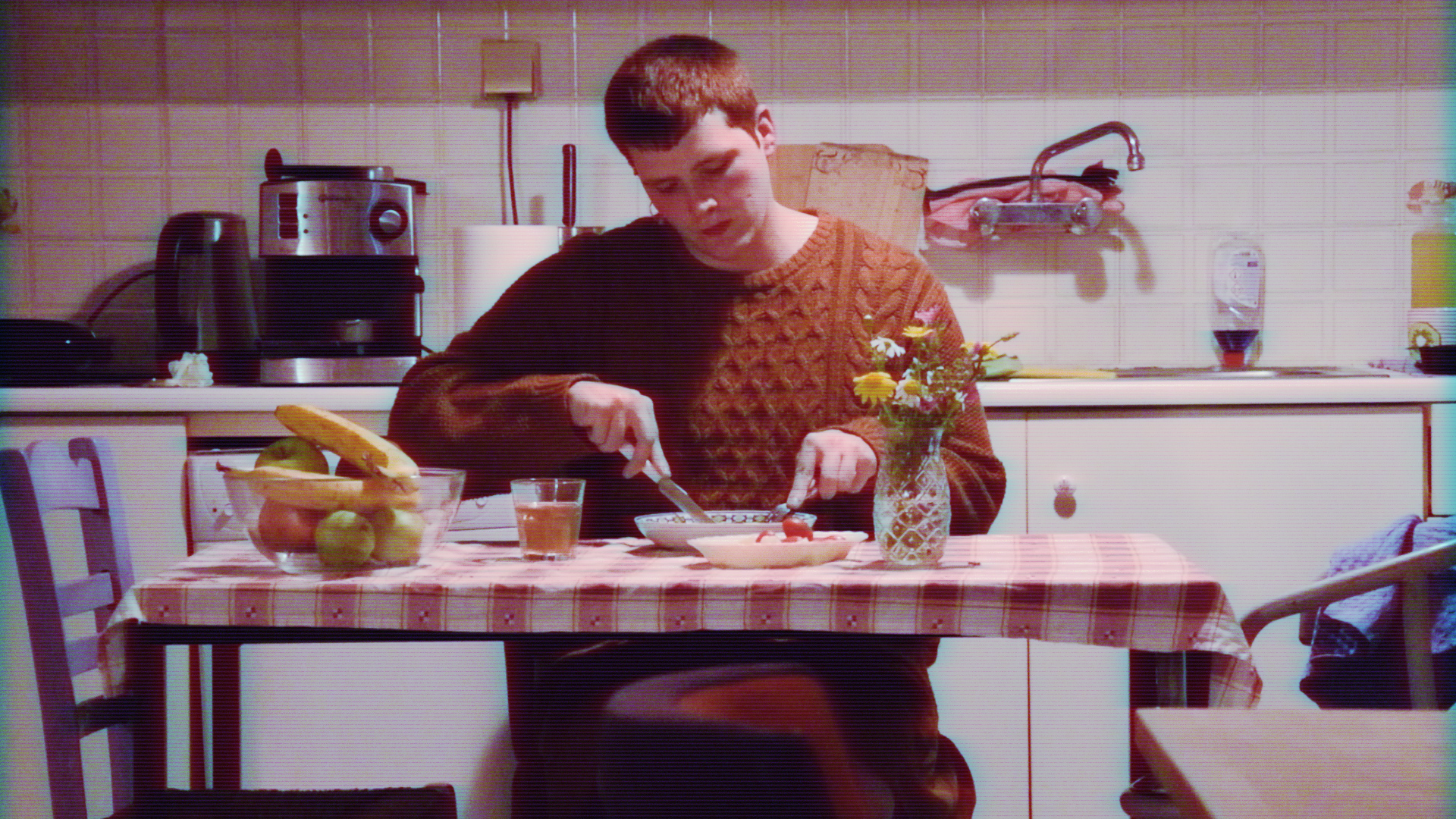

I approached my idea through a series of four videos. I created an elliptical narrative in which an actor would appear first as a man and then as a woman in a fixed environment. During the course, he tries to achieve a balance between these two identities. However, despite his efforts, he fails to do so, and as a result, he also affects the general environment in which he finds himself.




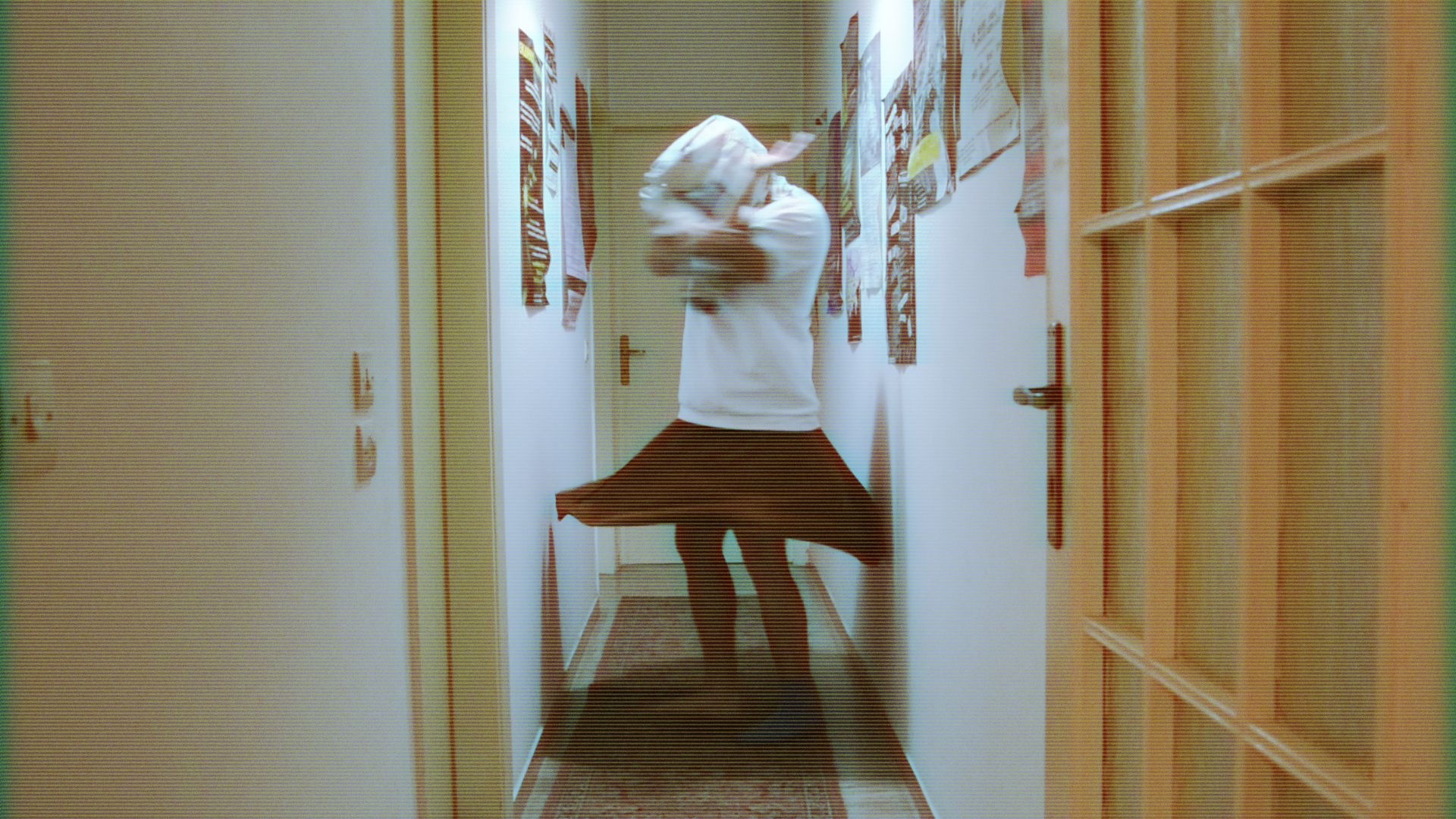
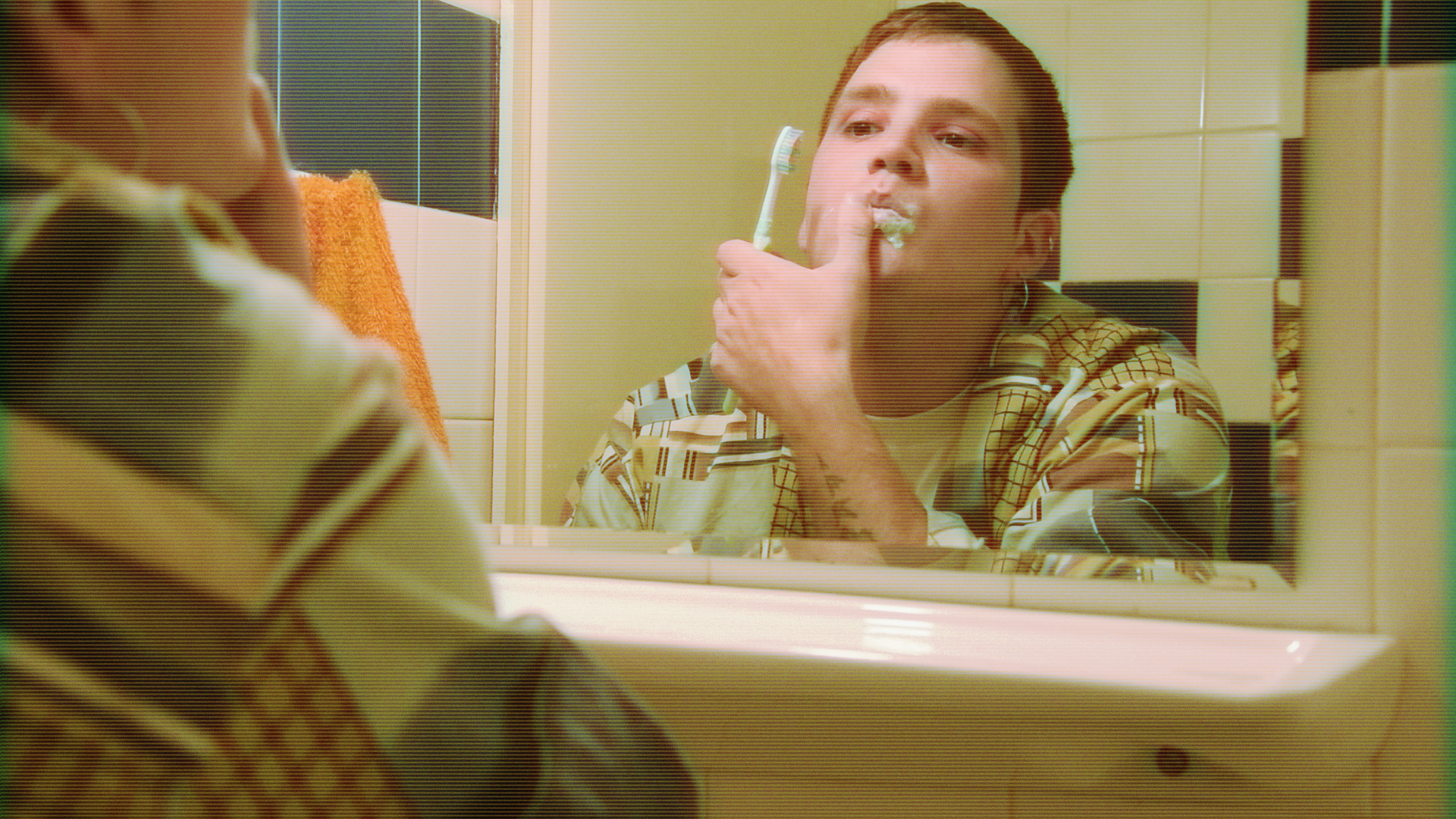
Finally, the design of the scene, was designed to accurately represent the spaces depicted in the videos I have created. The design of the scene that the videos contribute to, alters the dimensions and creates a different space that cannot be separated from the existence of the actor who embodies Shen Teh. His contribution is decisive, as he is the link between the physical and digital set, since he is the same person who stars in both.
